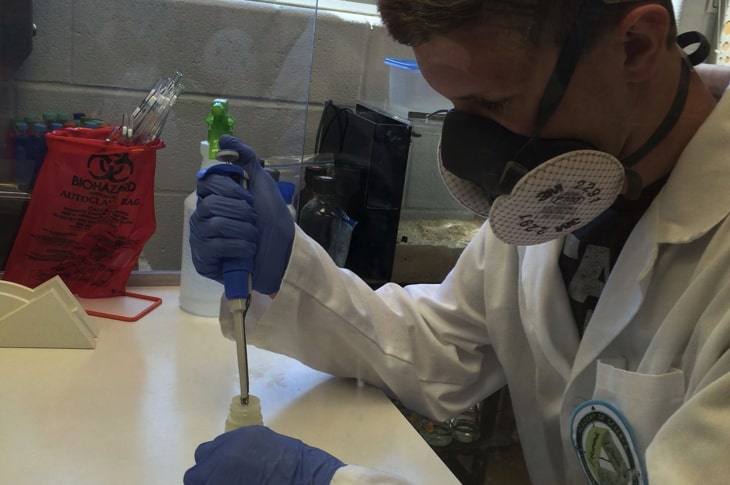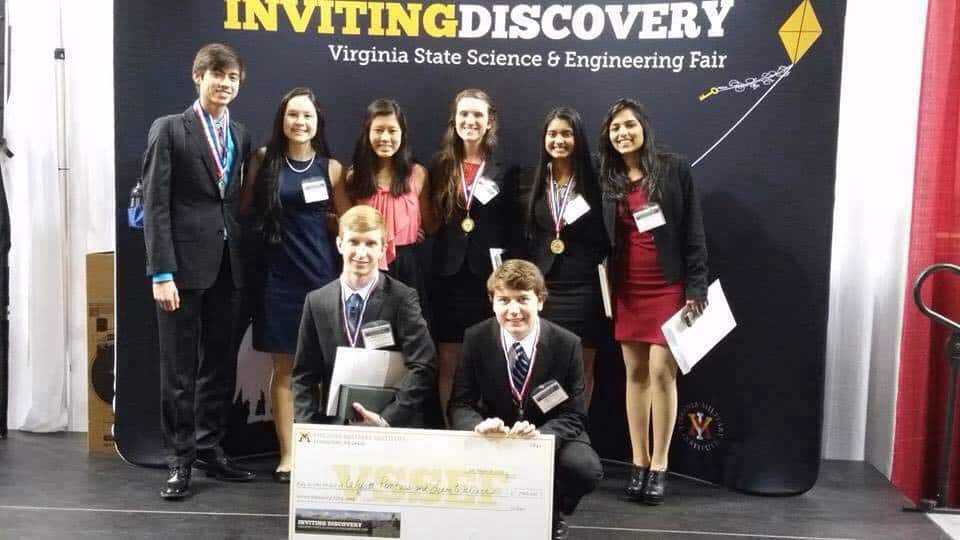
In modern times, teenagers are somehow amazing scientists with their in-depth research and inventions, proving that age is just a number and intelligence and drive are key when it comes to changing the world these days.
That’s certainly the case for Wyatt Pontius and Liam Wallace, two high school seniors who decided they wanted to create something meaningful that could actually be applied to the world. Through trial and error, the teens set out to create a leaf that could significantly increase its oxygen output by changing the composition of leaves.
Pontius started by blending up spinach leaves to isolate their photosynthetic chloroplasts and then recreating the leaf with mesh fibers embedded with cyanobacteria. When all was said and done, the leaf was able to produce 375% more oxygen than the original leaf.
“Once I actually realized it worked, I was in disbelief,” Pontius said.
Though it’s obviously impressive that teenagers could accomplish this, it still begs the question of how this could be so relevant. The answer is in the reduction of oxygen levels on Earth’s surface over the last several decades, which stems from climate change because the rising ocean temperature has interrupted the photosynthesis of phytoplankton, that currently produce two-thirds of the world’s oxygen. Studies suggest that this could be severely interrupted at the rate the ocean temps are rising by 2100, which would spell huge trouble for the entire world by way of mass extinction.

With this synthetic leaf, oxygen levels could exponentially increase by launching the leaves into the world so that the levels could reach whatever is necessary for the rapidly increasing population. More oxygen could mean cleaner air too, although this would have to be coupled with decreased carbon output.
As if this weren’t enough, since combatting climate change is the key to saving the planet and ensuring the future for all beings on Earth, this leaf could be applied to any number of situations that require maximum oxygen, not least of which is space travel. Figuring out how to include enough oxygen to last an entire trip for space travel has been a huge focus when planning these voyages, and using these tiny leaves could free up tons of space and possibly billions of dollars that are currently going towards figuring out space to store oxygen on shuttles.
Pontius now attends Stanford University, where he continues to work on his synthetic leaf to perfect the technology so that it can soon be used to help others. Dubbed the “releaf,” Pontius’ next goal is to attempt to get the leaf to produce glucose as well so that it can be used as a food source while Wallace works with a bacteria to see if it can remove carbon dioxide and monoxide from the air to create safer working environments. These teens truly are ambitious and amazing.


